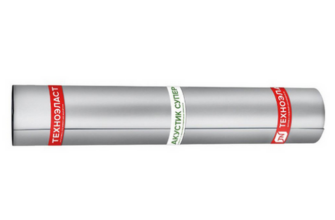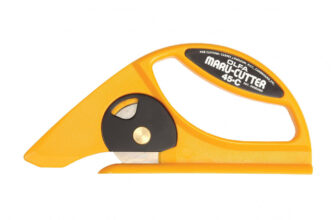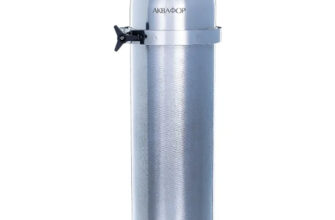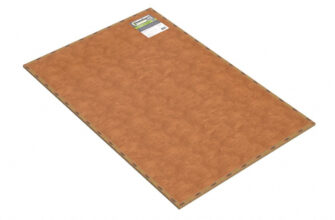Review of the best according to the editorial board. On the selection criteria. This material is subjective and does not constitute advertising and does not serve as a purchase guide. Before buying, you need to consult with a specialist.
Warming is the most important stage in the construction of houses in Russia. Cold penetrates through windows and doors, foundations and walls. The builders pay special attention to the thermal insulation of the roof. Even if it is not planned to make living quarters under the roof, it is necessary to put a reliable barrier to cold masses. Today, a wide range of heat insulators is offered on the construction market, they differ not only in cost, but also in technical characteristics. The advice of our experts will help you choose the most effective roof insulation.
- Recommendations for choosing a roof insulation
- Rating of the best roof insulation
- Foil polystyrene foam
- Advantages
- disadvantages
- PIR plate
- Advantages
- disadvantages
- Mineral wool
- Advantages
- disadvantages
- Ecowool
- Advantages
- disadvantages
- Fiberboard slabs
- Advantages
- disadvantages
- Foam glass
- Advantages
- disadvantages
- Expanded clay
- Advantages
- disadvantages
- Polyurethane foam
- Advantages
- disadvantages
- Styrofoam
- Advantages
- disadvantages
- Glass wool
- Advantages
- disadvantages
Recommendations for choosing a roof insulation
- Weight. When designing a roof structure, architects focus on the weight of the building materials. This is especially important for flat roofs where a lot of snow accumulates in winter. Therefore, the insulation is selected lightweight in order to minimize the load on the rafter group.
- Thermal conductivity. The most important technical characteristic of the insulation is thermal conductivity. The lower this figure, the better the material retains heat in the house. The density and thickness of the heat insulator is selected taking into account the climatic features of the region.
- Durability. Since the roof is being built for decades, the insulation must retain its properties for many years. The service life is influenced by factors such as moisture resistance, resistance to temperature extremes. Insects, rodents, birds, fungus and mold can destroy the thermal insulation layer. Therefore, the insulation should not be of interest to pests.
- Noise isolation. When it is planned to make living rooms in the attic space, it is important to take care of sound insulation. This primarily applies to metal roofs. Otherwise, during rain or hail, you will have to use headphones or earplugs.
- Environmental friendliness. Today, people place particular emphasis on environmental friendliness during construction. Therefore, when choosing insulation, you should give preference to materials that are safe for humans.
- Fire safety. Over the years, a dry environment has been created in the attic space, which carries a high risk of fire. Many fires in the private sector started in the attic. Preference should be given to non-combustion heat insulators.
We have selected the 10 best roof insulation materials for our review. All of them are sold in the Russian trade network. When allocating seats, the editorial board of the journal relied on the arguments of the expert community, taking into account the feedback from domestic users.
Rating of the best roof insulation
| Nomination | a place | name | rating |
| Rating of the best roof insulation | 1 | Foil polystyrene foam | 5.0 |
| 2 | PIR plate | 4.9 | |
| 3 | Mineral wool | 4.8 | |
| 4 | Ecowool | 4.7 | |
| 5 | Fiberboard slabs | 4.6 | |
| 6 | Foam glass | 4.5 | |
| 7 | Expanded clay | 4.4 | |
| 8 | Polyurethane foam | 4.3 | |
| 9 | Styrofoam | 4.2 | |
| 10 | Glass wool | 4.1 |
Foil polystyrene foam
Rating: 5.0
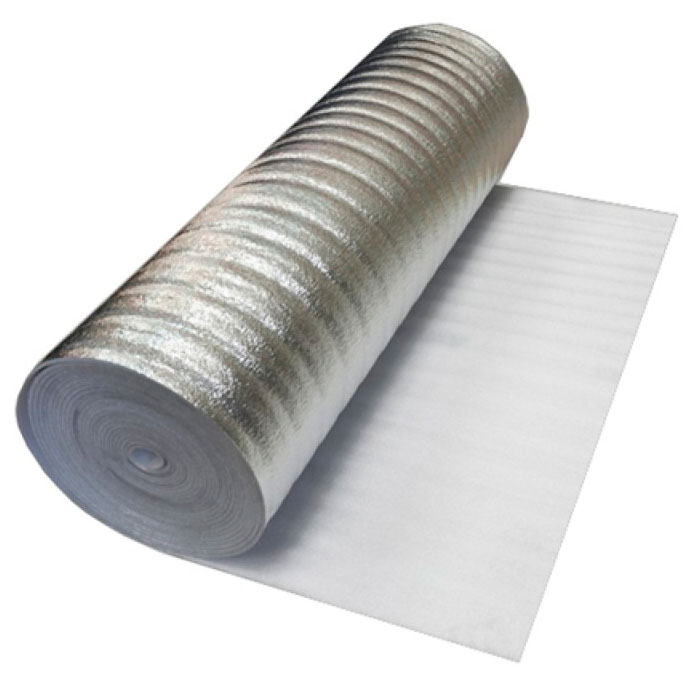
In recent years, foil polystyrene foam has been widely used in construction. Experts attribute the popularity of the material to a number of useful properties. First of all, excellent thermal insulation qualities are highly valued. Only due to the foil layer it is possible to reflect about 97% of the thermal radiation. Extruded polystyrene provides an additional barrier to the cold. The second advantage of the material is its excellent waterproofing ability. Customers will be pleased with a variety of thicknesses (10 … 100 mm), lightness and ease of installation. Insulator wins our review.
Consumers have identified some weaknesses, but with the right technology, the impact on the roof can be mitigated. For example, protect the foil with special preparations against oxidation by atmospheric moisture.
Advantages
- small thickness;
- ease;
- ease of installation;
- multifunctionality.
disadvantages
- the foil is oxidized over time.
PIR plate
Rating: 4.9
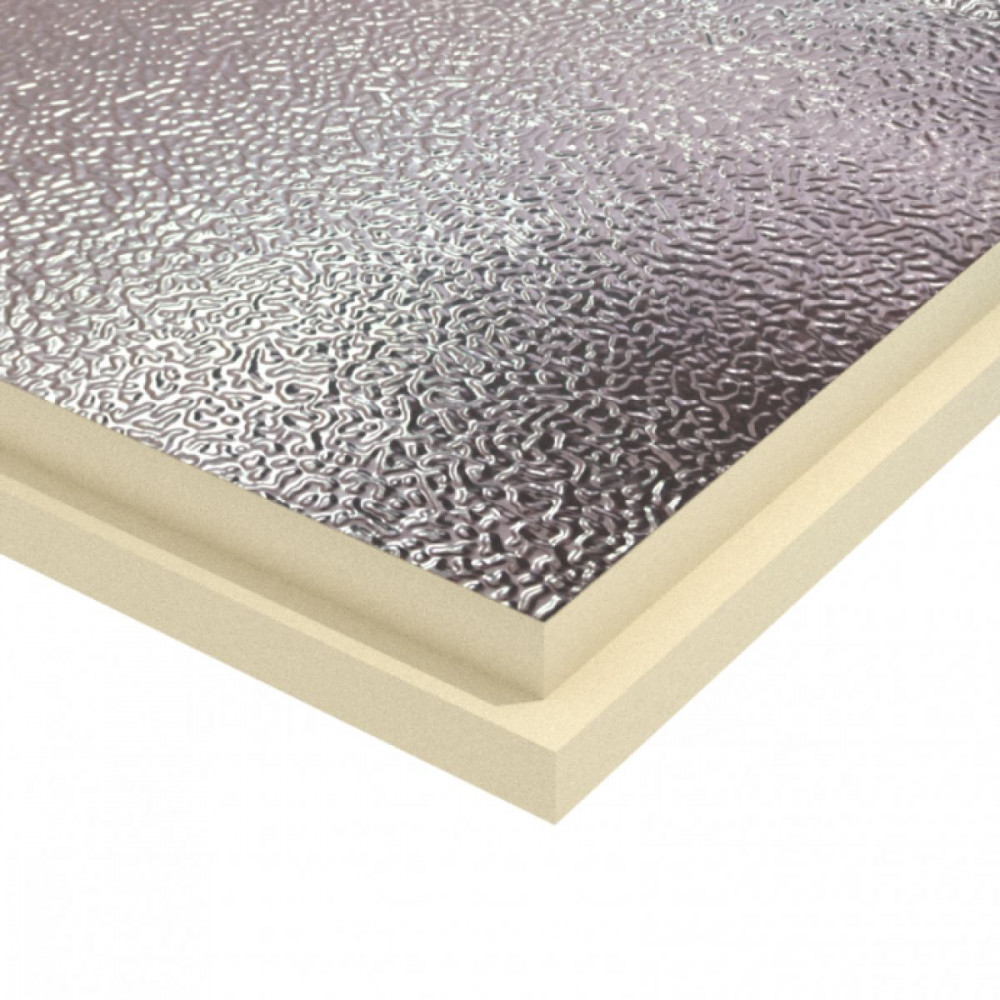
The experts of PIR plates consider the last generation insulation. Polyisocyanurate is the basis of this heat insulator; it looks like polyurethane foam. The strengths of the material are considered to be high resistance to heat transfer, resistance to heating (up to 200 ° C), mechanical strength. Due to its inertness to moisture and chemical compounds, the insulation does not require additional protection. PIR plates are of several types. So kraft paper products are suitable for insulating attic spaces, and products with an outer layer of fiberglass and bitumen are successfully used for flat roofs. The service life of the heat insulator reaches 30 years.
PIR panels are considered by users to be the most attractive roof insulation. Only the high price becomes an obstacle to buying.
Advantages
- excellent thermal insulation properties;
- moisture resistance;
- variety of modifications;
- strength.
disadvantages
- high price.
Mineral wool
Rating: 4.8
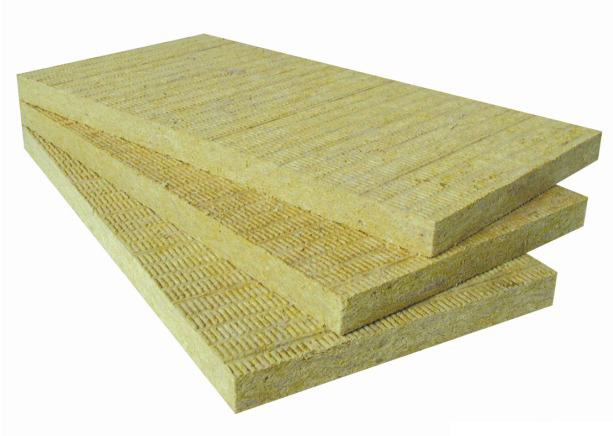
Mineral wool is very popular among domestic builders. This heat insulator can have a different base. If earlier the insulation was made of dangerous fiberglass, today it has been replaced by more environmentally friendly materials, for example, basalt. Experts gave the mineral wool the bronze of our review for fire safety and biostability. Another great advantage of mineral wool is its affordable price. In a roofing pie, the insulation is placed between the rafters or floor beams.
Users have gained rich experience in the operation of mineral wool. Of the advantages, ease of installation and versatility of use are noted. The disadvantages include an increase in thermal conductivity when wet, as well as shedding of insulation over the years.
Advantages
- affordable price;
- universality of application;
- easy installation;
- fire safety.
disadvantages
- deterioration of properties when wet;
- crumbles over the years.
Ecowool
Rating: 4.7
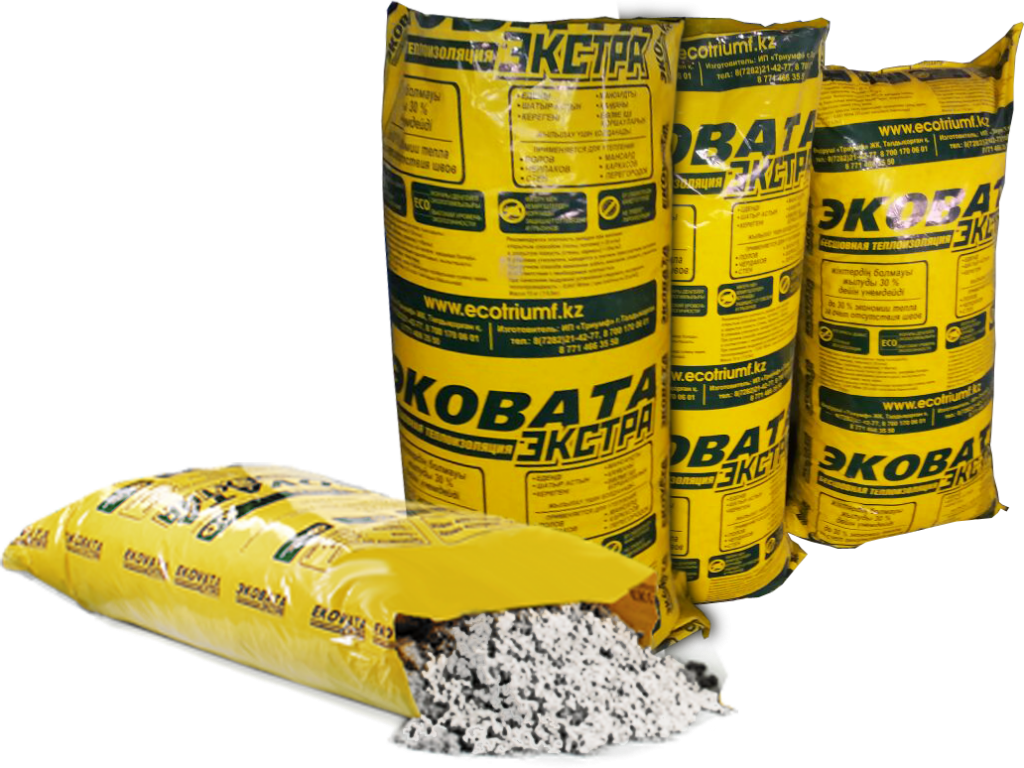
Ecowool is considered the most environmentally friendly insulation today. It is this quality that has caused the increased demand for the material from modern homeowners. The product is made from pulp and paper waste. Shredded paper, cardboard, newspapers are impregnated with fire-resistant and antifungal agents. Ecowool is applied using special equipment, forming a continuous layer of insulation. Experts also highly appreciated the soundproofing properties of ecowool, which will be useful when installing a metal roof.
The builders have identified several flaws in the product. This is hygroscopicity and caking, which over time increases the thermal conductivity of the layer.
Advantages
- environmental friendliness;
- formation of a continuous layer;
- effective sound insulation;
- penetrates into hard-to-reach cavities.
disadvantages
- the complexity of installation;
- it is required to replenish the volume of ecowool over time.
Fiberboard slabs
Rating: 4.6
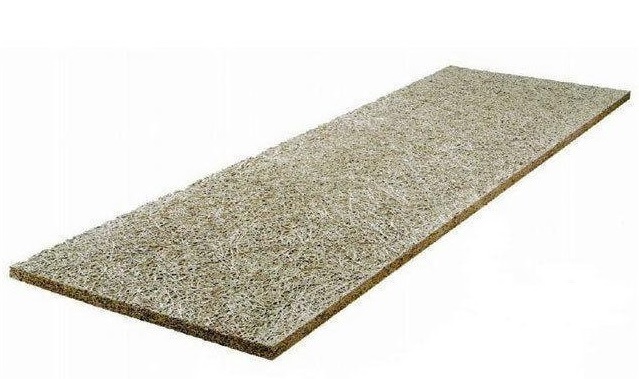
Thanks to innovative technologies, wood processors have learned how to turn waste into valuable building material. Fibrolite boards are compressed wood-shaving raw materials, to which cement and natural mineralizers are added. Experts make the choice in favor of fiberboard because of its environmental friendliness, strength, low thermal conductivity and good noise insulation properties. The material is lightweight, easy to install, the roofing cake becomes vapor-permeable and fireproof.
However, despite the affordable prices, users are wary of fiberboard. This is due to its poor resistance to moisture and temperature changes. But the eco-friendly qualities often outweigh these cons.
Advantages
- environmental friendliness;
- strength;
- good heat and sound insulation;
- ease of installation.
disadvantages
- low resistance to moisture and temperature changes.
Foam glass
Rating: 4.5
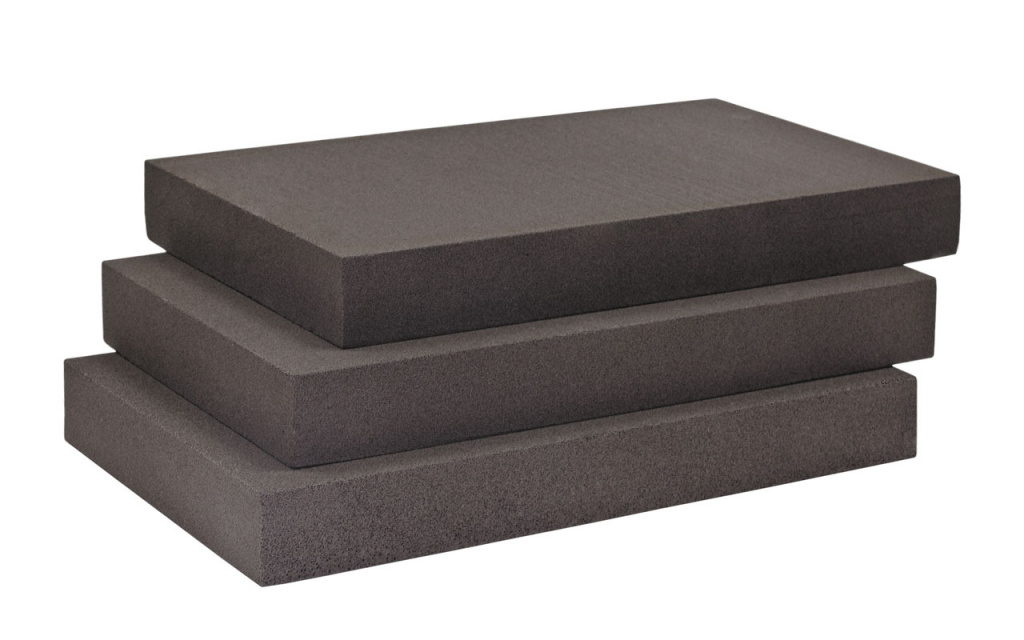
Another innovative insulation was included in our review. Foam glass began to be produced recently, after mastering the unique technology of foaming silicate glass. The heat insulator is widely used; slabs are most often used for roofing. Experts appreciate the product for its environmental friendliness, fire resistance, resistance to biodegradation and a record service life (about a century). Insects, rodents and birds do not form nests in the insulation layer. The builders are pleased with the ease of installation, the material is easily cut with a hacksaw. However, the high price does not yet allow the insulation to become a popular building material in Russia.
High cost is not the only thing stopping consumers. Foam glass does not allow steam to pass through, besides, a large weight should be taken into account when calculating the load on the rafter group.
Advantages
- durability;
- environmental friendliness;
- fire resistance;
- resistance to biological damage.
disadvantages
- high price;
- great weight.
Expanded clay
Rating: 4.4
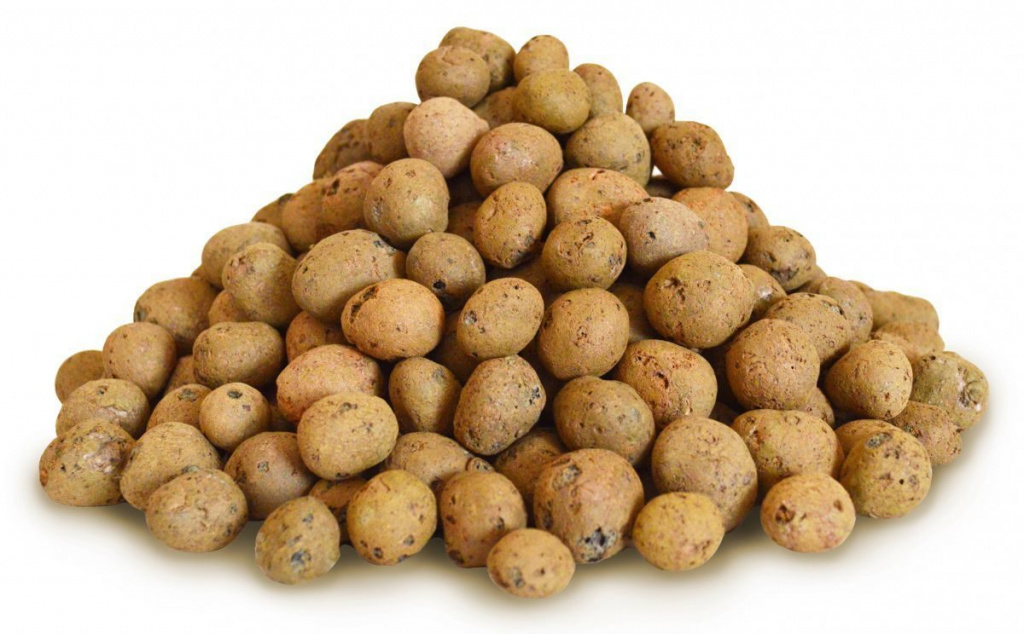
Expanded clay holds the lead among bulk insulation materials. These small, porous pebbles are great for filling in between the roof joists. In addition to excellent thermal insulation properties, expanded clay effectively absorbs sounds. But the main advantages of expanded clay, according to experts, are affordable price and durability. Insects, rodents or birds do not start in the insulation, the material is resistant to biological damage. The advantages of a heat insulator include environmental friendliness.
Installation of insulation is extremely simple, but carrying bags to the attic is not the most pleasant occupation. It is also important not to damage fragile clay stones when installing a heat-insulating layer, otherwise the thermal conductivity will increase.
Advantages
- affordable price;
- resistance to biological damage;
- durability;
- environmental friendliness.
disadvantages
- pebbles cannot be damaged;
- narrow scope.
Polyurethane foam
Rating: 4.3
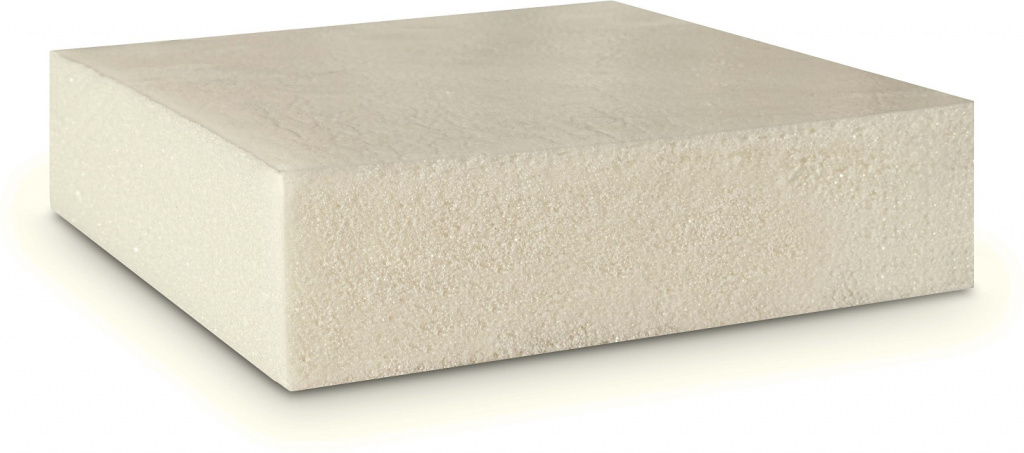
An effective roofing heat insulator is polyurethane foam. This insulation consists of two liquid components that are mixed immediately before use. PPU is applied using special equipment, thanks to which a uniform layer is formed without joints and seams. The thicker the insulation layer is, the less heat loss will be. Experts pay attention to the need to manufacture the lathing, since the material does not allow steam to pass through. The high price does not yet allow PPU to take a higher place in our review.
Domestic homeowners speak flatteringly on thematic forums about such properties of insulation as resistance to biological damage and moisture. But the soundproofing qualities leave much to be desired.
Advantages
- continuous thermal insulation layer;
- insects and birds do not start;
- resistance to biological damage;
- not afraid of moisture.
disadvantages
- high price;
- the complexity of installation.
Styrofoam
Rating: 4.2
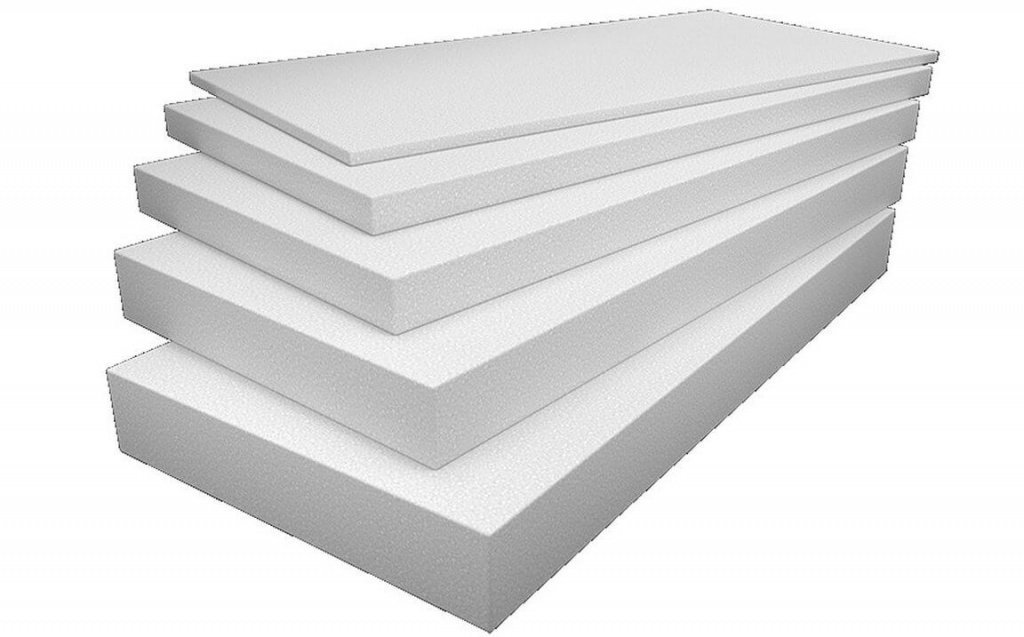
At all stages of building houses, foam is used. The material is good because it has many modifications. For each type of work, you can pick up sheets with the required density and thickness. Due to its low weight and ease of use, foam is highly popular. Pleases users and affordable price. Experts recommend paying attention to PSB-15 foam plastic for roof insulation. But it is better to fill the space between the beams with another heat insulator. What prevented the material from climbing higher in our review?
First of all, builders complain about the smallness and low strength of the foam. It is easily damaged by mice and birds. Gaps are formed between the panels, which have to be additionally sealed with polyurethane foam. The disadvantage of the material is also flammability.
Advantages
- ease;
- ease of installation;
- affordable price;
- wide range of products.
disadvantages
- crumbness;
- breaks easily.
Glass wool
Rating: 4.1
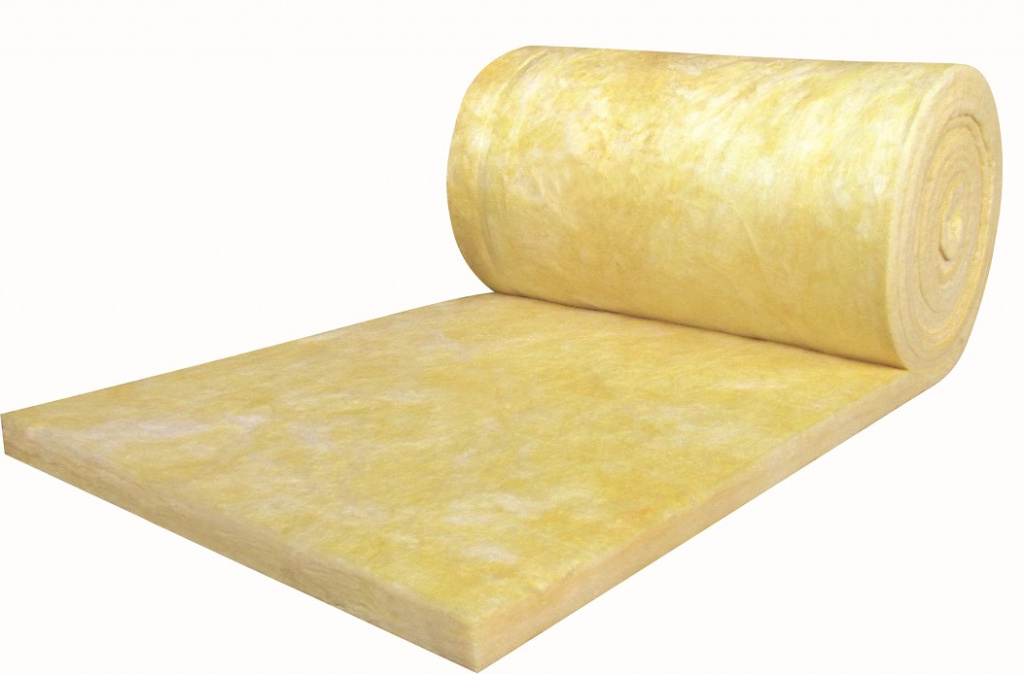
Glass wool remains one of the most affordable heat insulators. Today, thanks to modern technologies, natural materials such as sand, limestone, soda, dolomite, etc. are used for the manufacture of insulation. But the main raw material is waste from the glass industry. Experts refer to the strengths of glass wool as good thermal insulation properties, incombustibility, excellent vapor permeability, effective noise absorption and resistance to biological damage. The main disadvantage of the material is fragility. Fiberglass forms the smallest particles that are dangerous to the human respiratory system.
The operation of houses with glass wool thermal insulation is not fraught with danger for residents, but when laying it is necessary to use personal protective equipment.
Advantages
- affordable price;
- excellent vapor permeability;
- resistance to biological damage;
- good insulation.
disadvantages
- crumbness;
- harm during installation.
Attention! This rating is subjective and does not constitute an advertisement and does not serve as a purchase guide. Before buying, you need to consult with a specialist.


